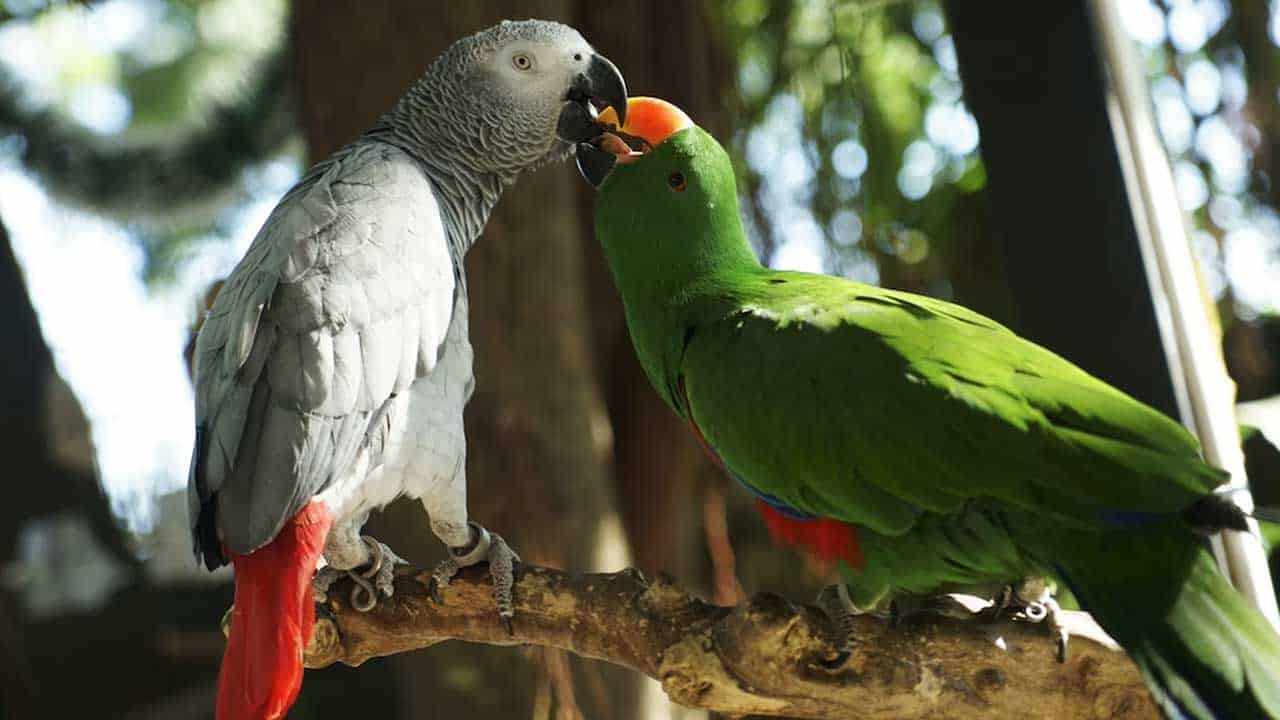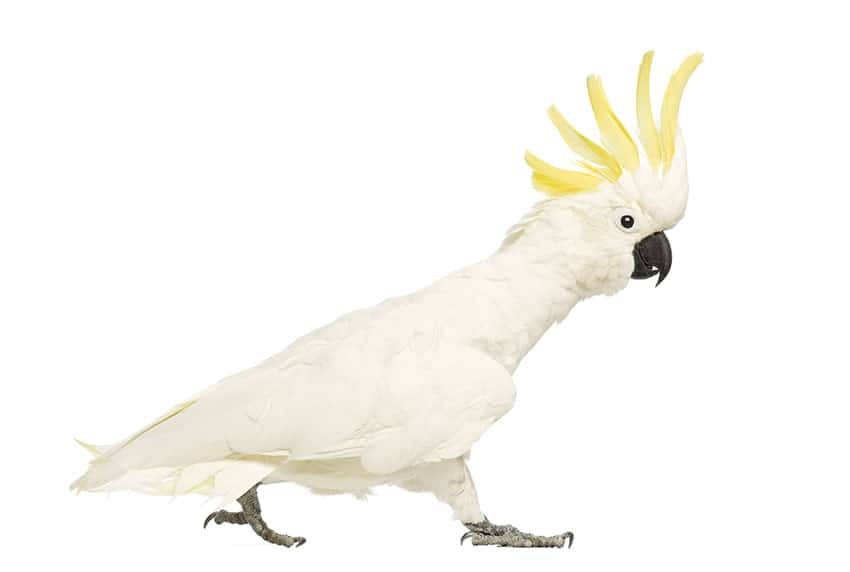To train a macaw to free fly, you should teach it recall and basic commands through positive reinforcement. Creating a secure bond with your bird is crucial for its safety and free-flight success.
It’s important to note that free flight should only be attempted under the guidance of a professional trainer and in a safe environment.
You will need to gradually increase the distance of the flights and work on conditioning the bird to know where it is safe to land. It is also crucial to consider the bird’s physical health and current training level.
With patience and commitment, you can train your macaw to safely free fly and enjoy the freedom of the sky.

Credit: today.tamu.edu
Understanding Free Flying In Macaws
Training a macaw to free-fly is a challenging yet rewarding experience. Free flying means allowing your bird to fly to the great outdoors. Macaws are known for their intelligence and beauty; free-flying supports physical and mental well-being.
However, free-flying comes with risks, such as losing your bird and possible accidents. Before beginning any free-flying training, ensure your bird is comfortable with the harness and recall training. Additionally, always supervise their outdoor activities and avoid stressful or busy areas.
Understand the importance of free-flying for macaws before engaging in this activity. Remember, each bird is unique, and the training process may differ. Always prioritize your bird’s safety and be patient during training to develop a strong bond with your macaw.
Preparing For Free Flying
Macaws are intelligent and social birds that require a lot of attention and care. Before free-flying, it’s crucial to establish a strong bond with your macaw. Spend quality time with your bird daily and incorporate positive reinforcement techniques into your training.
Teach basic commands like “step up” and “stay” to ensure your macaw follows your instructions. Introduce your macaw to a harness and leash slowly, allowing them to get comfortable before progressing. Gradually increase the distance of outdoor training sessions, always ensuring your bird’s safety.
By following these steps, you can train your macaw to free-fly with trust and confidence.
How to train your bird to Fly Free?
Basic Flight Training
Macaws are intelligent birds and can be trained to free fly. Understanding their behavior and body language is crucial for their basic flight training. Introducing them to short flights in a safe and secure environment is recommended. Gradually, you can encourage them to fly longer distances.
You can add obstacles to their training sessions as they become more confident. Remembering that every bird is unique, and training should be tailored to their individual personalities. Positive reinforcement is key to successful training. By using treats and praise, you can reinforce their good behaviour.
Training a macaw to free fly is a long and rewarding process and requires dedication and patience.
Advanced Flight Training
Training your macaw to free fly can be daunting, but with proper knowledge, it can be achieved. Advanced flight training involves teaching your macaw to fly to a specific target outdoors and preparing for unexpected situations. The first step is to find a suitable and safe location to train your macaw, such as an enclosed area with a tall ceiling.
Start by teaching your macaw, step by step, to fly to a specific perch or target. Gradually increase the distance and difficulty as your bird progresses. Outdoor training should only be done in calm weather conditions and under close supervision.
Always be prepared for unexpected situations, such as a sudden gust of wind or the macaw flying out of sight. With patience, consistency, and proper training, your macaw can enjoy the freedom of the skies.
Tips For Successful Free Flying
Training a macaw to fly free can be an incredibly rewarding experience. However, it requires careful planning and preparation. The first step is to choose the right location to free-fly your macaw. Look for a wide-open space with few obstacles.
Secondly, ensure that the weather conditions are suitable for free flying. Avoid flying in extremely hot or cold weather conditions, high winds or during rain or storms. Finally, always prioritize safety precautions during free flying by investing in proper training gear, keeping a close eye on your macaw, and using positive reinforcement techniques to improve your macaw’s confidence and ability to fly freely.
Following these tips can ensure a successful and rewarding experience for yourself and your macaw.
Conclusion
Training a macaw to free-fly requires patience, consistency, and a deep understanding of the bird’s behaviour. The first step is building a strong bond between you and the macaw and gradually introducing it to controlled flight in a safe and secure environment.
As the bird gains confidence and becomes comfortable with flying, you can increase the training intensity by increasing the distance and duration of the flights. It is important to remember that every bird is unique, and a training approach that works for one macaw may not work for another.
Therefore, adapting and modifying the training methods based on the bird’s response and behaviour is crucial. By implementing these training techniques and providing proper care, you can enjoy the incredible experience of watching your macaw soar high in the sky.
{ “@context”: “https://schema.org”, “@type”: “FAQPage”, “mainEntity”: [] }



